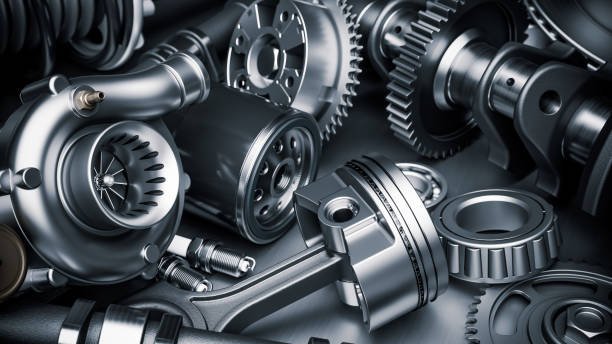Introduction to 316/316L Stainless Steel
Modern manufacturing relies on advanced materials that can withstand extreme conditions, and 316L stainless steel stands out as a best-in-class choice. Known for its outstanding resistance to corrosion and excellent mechanical properties, this steel grade is frequently utilized in demanding environments across various sectors, from heavy industry to consumer goods. Its chemical composition, highlighted by the addition of molybdenum, enables superior resistance to chlorides and aggressive chemicals, making it highly versatile and reliable. This subtle yet significant modification empowers the alloy to deliver protection in areas where standard stainless steels might fail or degrade rapidly.
316L stainless steel is a popular choice due to its reduced carbon content, reducing the risk of carbide precipitation during welding. This is crucial for applications requiring durability, longevity, and weld integrity. Despite its corrosion resistance, 316L remains a staple in both legacy and emerging manufacturing technologies, ensuring engineers and manufacturers can rely on it for both established and evolving industrial requirements.
Marine and Offshore Uses
316 stainless steel is a durable metal suitable for saltwater environments due to its unique alloying elements, particularly molybdenum. It offers exceptional resistance to pitting, crevice corrosion, and degradation, making it ideal for shipbuilding, offshore oil platforms, desalination plants, and marine hardware. Its longevity reduces maintenance costs and extends operational lifespans, reducing downtime and improving efficiency in industries relying on marine equipment. Its proven protection against chloride-induced damage ensures its integrity and performance even after years of exposure to sun, salt, and unpredictable weather.
Medical Industry Applications
316L stainless steel is a popular material in the medical sector due to its non-reactive nature and superior resistance to bodily fluids and cleaning agents. It is used in surgical instruments, orthopedic implants, and other medical devices that come into direct contact with tissue or blood. It’s low carbon content ensures patient safety and device longevity, preventing unwanted chemical reactions and post-surgical complications. 316L’s inert nature eliminates adverse biological responses, making it a standard for implanted medical devices worldwide. Its fatigue resistance and ability to withstand repeated sterilizations make it a reliable choice for life-saving equipment.
Advancements in Additive Manufacturing
316L stainless steel is being used in digital manufacturing and 3D printing, enabling faster prototyping, customization, and lightweight, sturdy final products. Research by TU Graz has led to improvements in 316L powder for additive manufacturing, improving print quality and reducing mechanical defects. This allows designers to push the limits of stainless steel production while ensuring durability and corrosion resistance. This transformation has transformed the use of stainless steel from traditional fabrication to high-tech design and mass customization, influencing production economics and opening new solutions in aerospace, automotive, and biomedical engineering.
Consumer Goods and Jewelry
316L stainless steel is a popular material in luxury goods, jewelry, and high-performance watches due to its aesthetic appeal and durability. Its resistance to sweat, seawater, and daily wear ensures its longevity. Manufacturers of divers’ watches, fine jewelry, and accessories choose this material for its long-lasting performance and visual appeal. Its hypoallergenic nature makes it suitable for prolonged wear, even for sensitive skin.
Food and Beverage Industry
316/316L stainless steel is crucial in the food and beverage industry for maintaining hygiene and safety. It is used in equipment like tanks, pipes, and processing machinery to prevent reactions with food products. Its smooth surfaces avoid bacterial growth and simplify cleaning, ensuring compliance with health regulations. The alloy’s resistance to various temperatures, cleaning chemicals, and substances further enhances its role in maintaining sanitary conditions.





